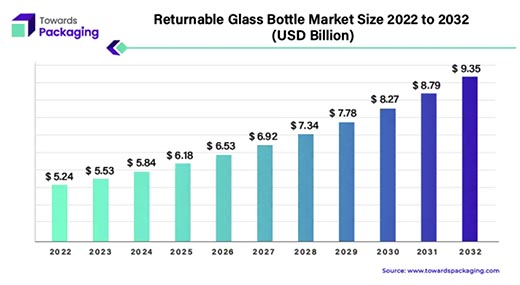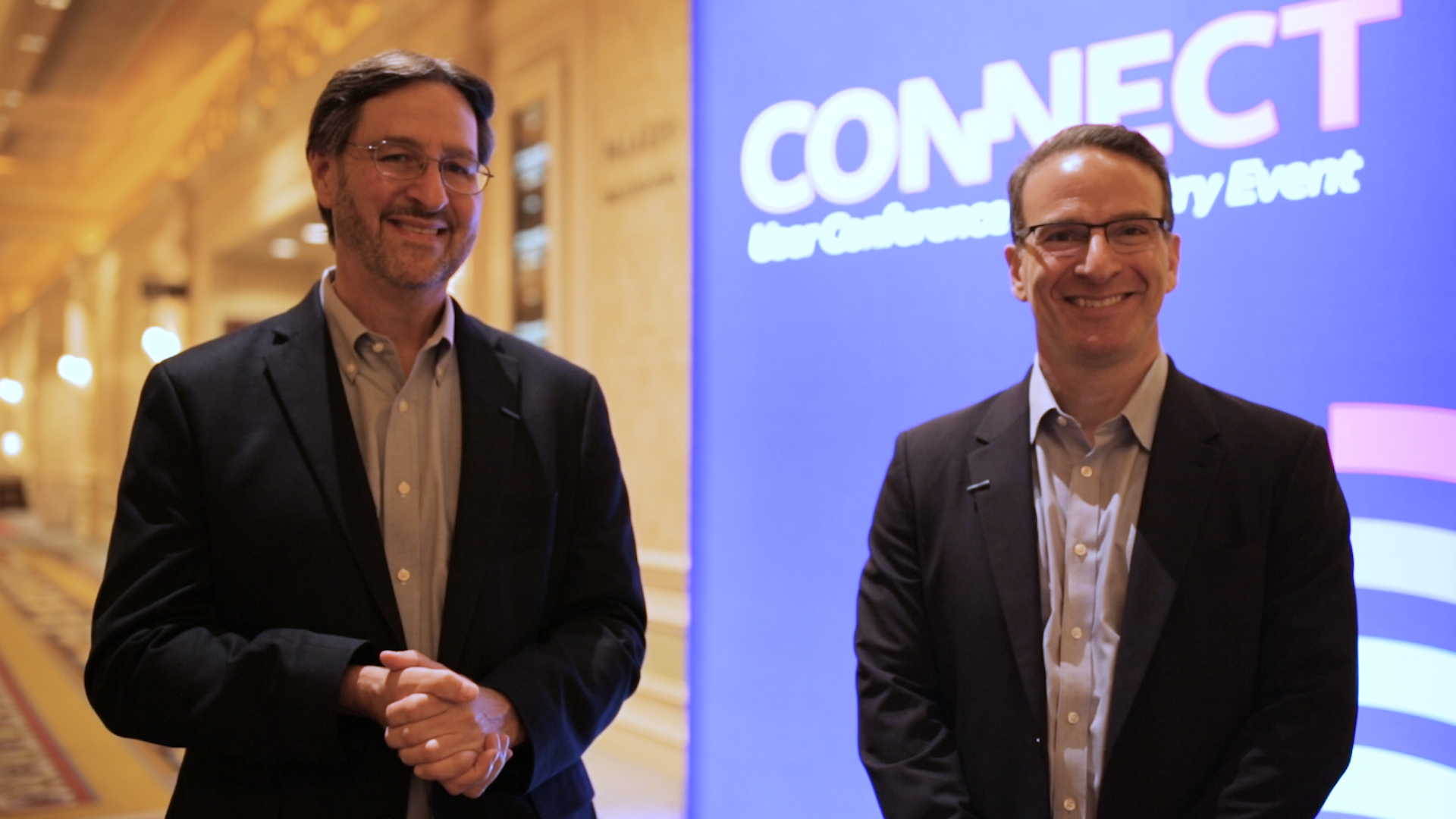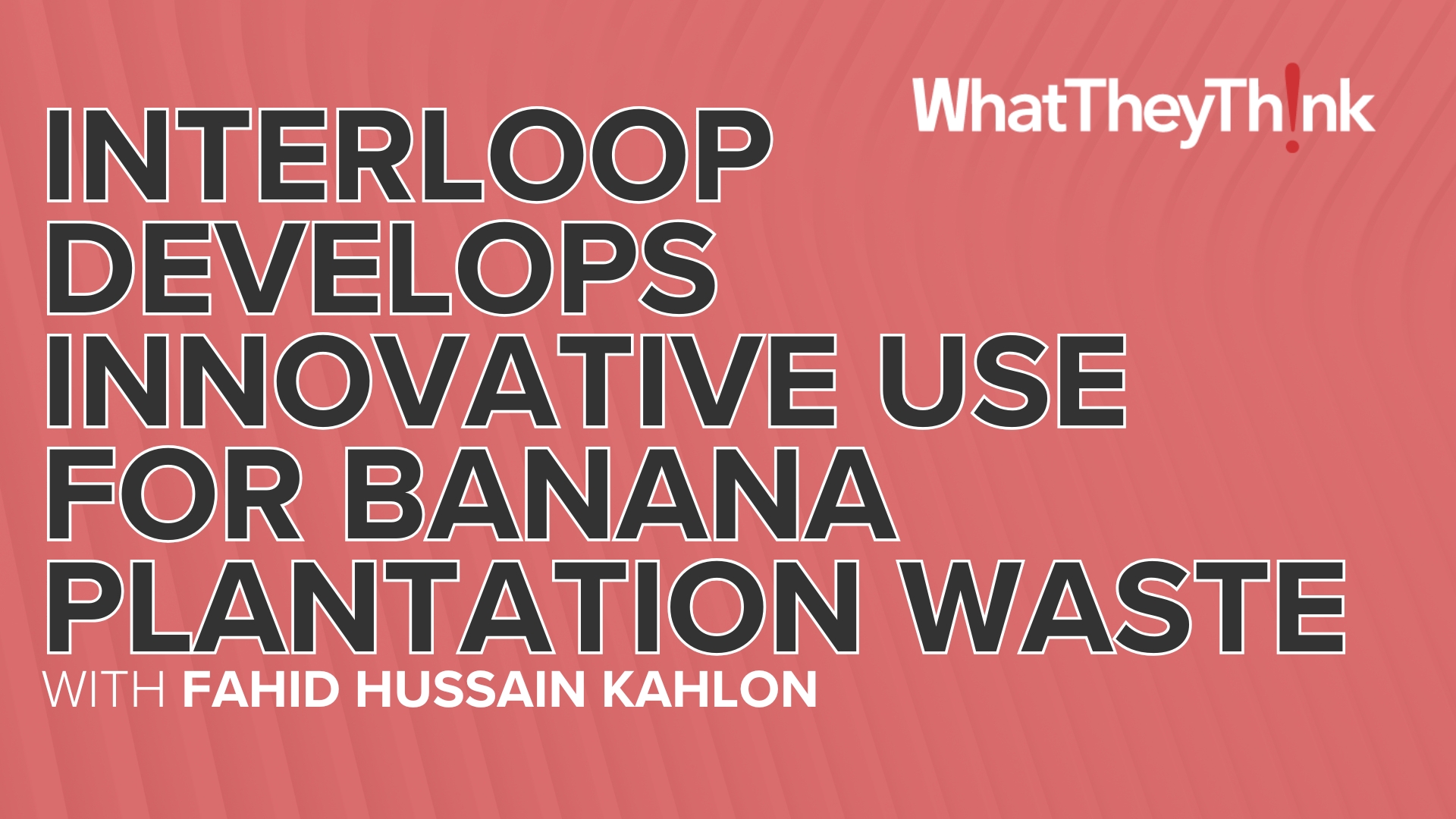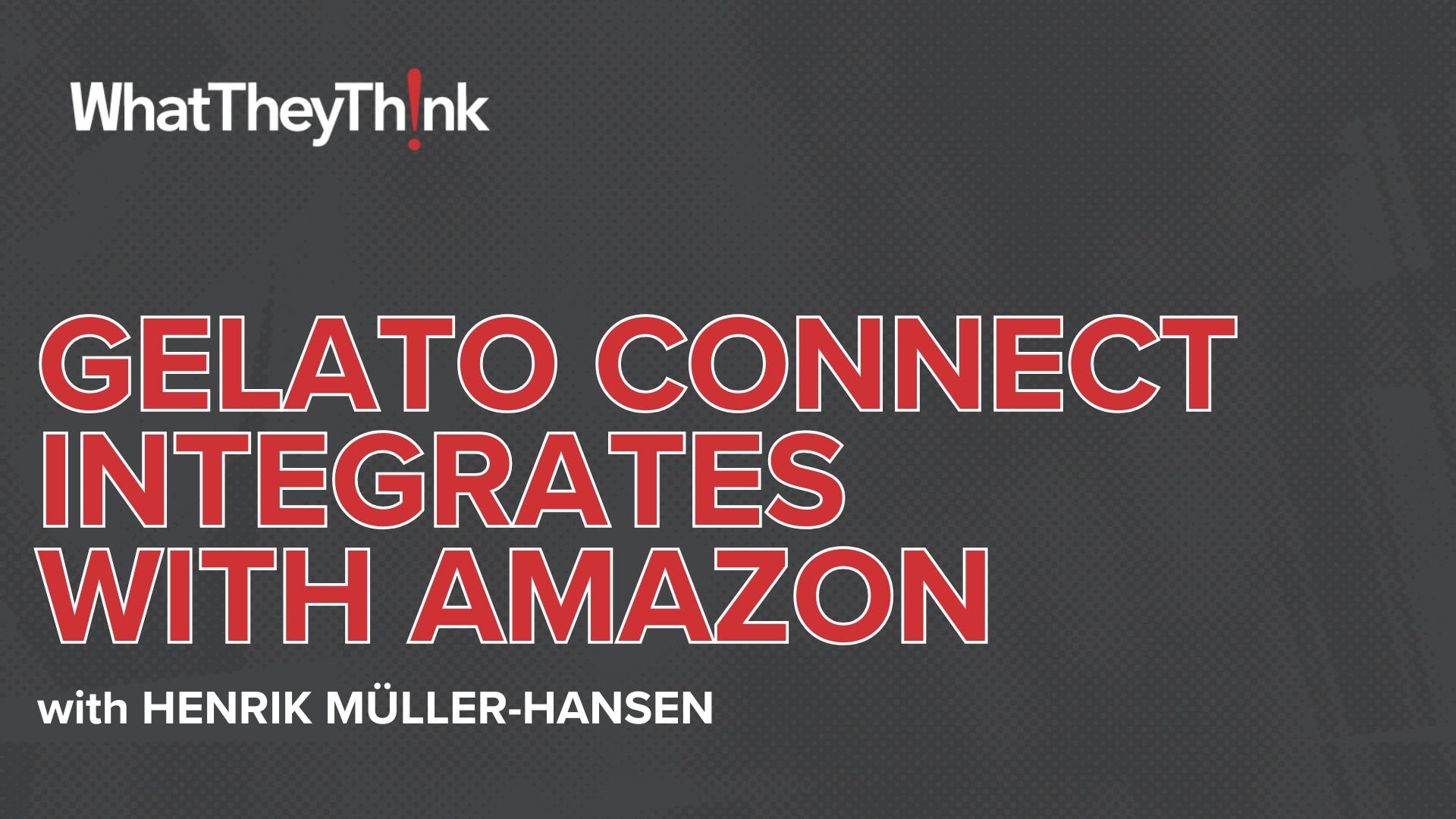Returnable Glass Bottles Leading the Eco-friendly & Sustainable Packaging Movement
Press release from the issuing company

The program of reusable glass packaging reinforces the basic idea that recycling enhances the value in glass containers by proposing a returnable system, in which, 'new' beverages can be produced from returned bottles by avoiding the making of new, virgin ones. This tactic is intended to enlarge the refill and sustain target proposition, which cuts down on carbon footprint and increases the chance of circular economy.
Glass has a very good versatility, easily moved from single-use to multi-use products and returnable glass bottles that can perform more than 40 cycles of use. The debate ongoing about the environmental consequences of packaging is pushing the packagers for such glass bottles towards the growth which is beyond the imagination.
Now, a large proportion of the worldwide bottle beer is distributed via returnable bottles, which no other FMCG product can boast of. Nevertheless, the degree of market involvement in returnable beer bottles varies distinctly from a market to market even within the same region.
Understanding the Concept of Reusable Glass Packaging
At the heart of this growth is the concept of reusable glass packaging. This innovative approach emphasizes the value of recycling in glass containers. By implementing a returnable system, the industry aims to produce 'new' beverages from returned bottles, thereby reducing the need for new, virgin ones. This not only contributes to environmental sustainability but also promotes a circular economy.
Revival of Milk in Glass Bottles: A Sustainable Trend on the Rise
Milk in glass bottles is becoming increasingly popular again. Glass bottles are the most commonly used returnable packaging for milk, and they're highly regarded by consumers as a sustainable choice that preserves the freshness and quality of milk. This trend is evident in Germany, where sales of milk in returnable glass bottles increased by about 30 percent in 2019 compared to the previous year.
However, despite the resurgence of glass bottle usage, the overall rate of reuse for containers of milk-based beverages remains low, at about 1.3 percent. This is a significant drop from previous years. For example, between 1995 and 2005, the proportion of returnable glass bottles for fresh milk fell by over 90 percent.
Fortunately, demand for milk in returnable glass is on the rise once again.
The global returnable glass bottle market size has been steadily gaining momentum, and the numbers speak volumes. According to recent estimates, the market size is projected to grow from USD 5.24 billion in 2022 to a whopping USD 9.35 billion by 2032. This represents a significant growth trajectory, with a Compound Annual Growth Rate (CAGR) of 6% expected between 2023 and 2032.
Environmental Impact and Market Trends
The ongoing debate surrounding the environmental impact of packaging materials has propelled the demand for returnable glass bottles. Consumers are increasingly conscious of their carbon footprint, driving the shift towards more sustainable options. As a result, the market for returnable glass bottles is witnessing unprecedented growth, surpassing conventional expectations.
Returnable Glass Bottle Market Trends
Sustainability is a key factor in returnable glass bottle market now, which tries to maintain circular economy model and environmental impact reduction.
Reusable returnable refillable systems for glass bottles are gaining momentum as an environmental-friendly solution to single-use packaging.
Consumers are getting more and more inclined towards glass packaging for the high-end look and feel, product protection, and recyclability.
Glass bottles which can be returned provide beverage brands a chance to stand out from the competition and build their brand reputation by designing customized labels.
Growing Appeal of Returnable Glass Bottles in Asia Pacific
The Asia Pacific region have been the primary producers of glass bottles and has a dominant share in the global container glass industry with the usage of lightweight glass bottles has taken over the scene during the last two decades. The growing concern about lightweight glass bottles as an attractive packaging solution has been particularly pronounced after several glass makers in the region started manufacturing such products recently.
From these producers, Asian glass manufacturers have the seen the quick use of lightweight container glass production techniques. Alcoholic drinks ranked ahead in the Asia Pacific region, where regional glass volume dedicated to this beverage made up the largest share than the other beverages. These driving forces are attributed to the pressures of high production demand and the overall increasing of the feedstock prices. In this context, collecting and reusing returnable glass bottles positions itself as a key competitive advantage compared to other options, especially in the area of cost-efficiency.
Rise of Returnable Glass Bottles in North America's Sustainability Movement
North America is rapidly embracing the use of returnable glass bottles in line with the wider trend of sustainable packaging choices. The situation in the region is similar, and both consumers and businesses value environmental factors. Hence, the demand for refillable glass bottles is increasing annually. On the other hand, supply shortages and disruptions are facing the sector in a way that is partly influenced by the high demand and reallocation of raw materials to produce vaccine vials.
It is true that there are difficulties in increasing the number of bottles that are recycled which is just 31% in the USA. Considering the fact that glass is completely recyclable, there exists an undeniable scope to advance and intensify recycling techniques, and thereby to reduce dependence on first-use materials by up to 95%.
The credibility and aesthetic appeal of glass defined it as the most preferred packaging option for high-end consumers. In North America, the beverage market is getting more receptive to refillable and reusable packaging as consumers are made more responsible, which results in more companies paying attention to their sustainability. Firms promote the renewable glass bottles as an environmental-friendly package, while at the same time, through this proposition, corporations seek to establish an image of eco-friendly and brand loyalty among the customers.
About The Author
Swapna is a seasoned research consultant with expertise in conducting and analysing complex research projects across various industries. With a deep passion for knowledge discovery and a commitment to delivering actionable insights, Swapna has successfully collaborated with numerous organisations to help them make informed decisions and drive strategic growth. Swapna has developed a strong track record of designing and implementing research methodologies that generate high-quality data and meaningful results.
Insight Source: https://www.towardspackaging.com/insights/returnable-glass-bottle-market-sizing
- Questions to ask about inkjet for corrugated packaging
- Can Chinese OEMs challenge Western manufacturers?
- The #1 Question When Selling Inkjet
- Integrator perspective on Konica Minolta printheads
- Surfing the Waves of Inkjet
- Kyocera Nixka talks inkjet integration trends
- B2B Customer Tours
- Keeping Inkjet Tickled Pink
© 2024 WhatTheyThink. All Rights Reserved.














